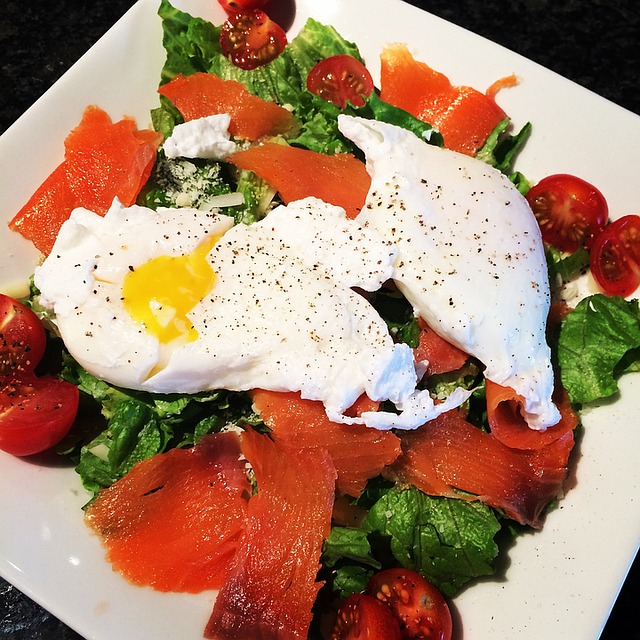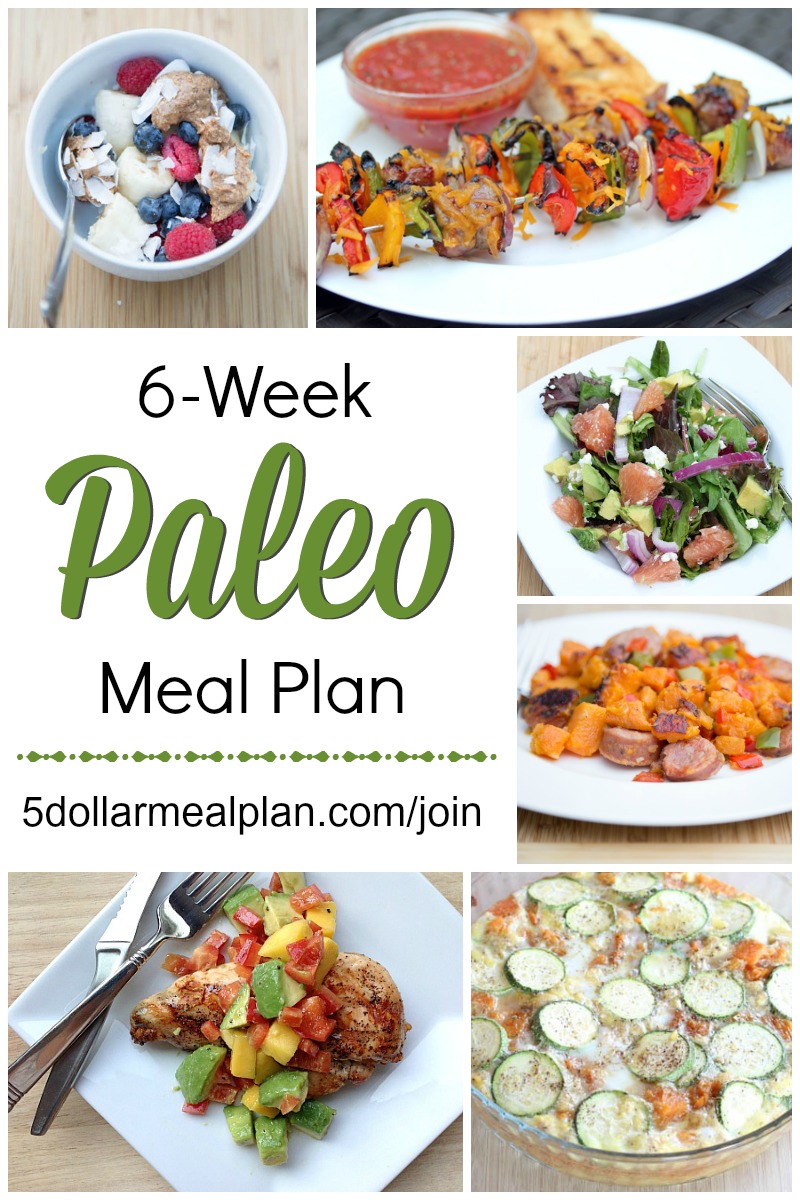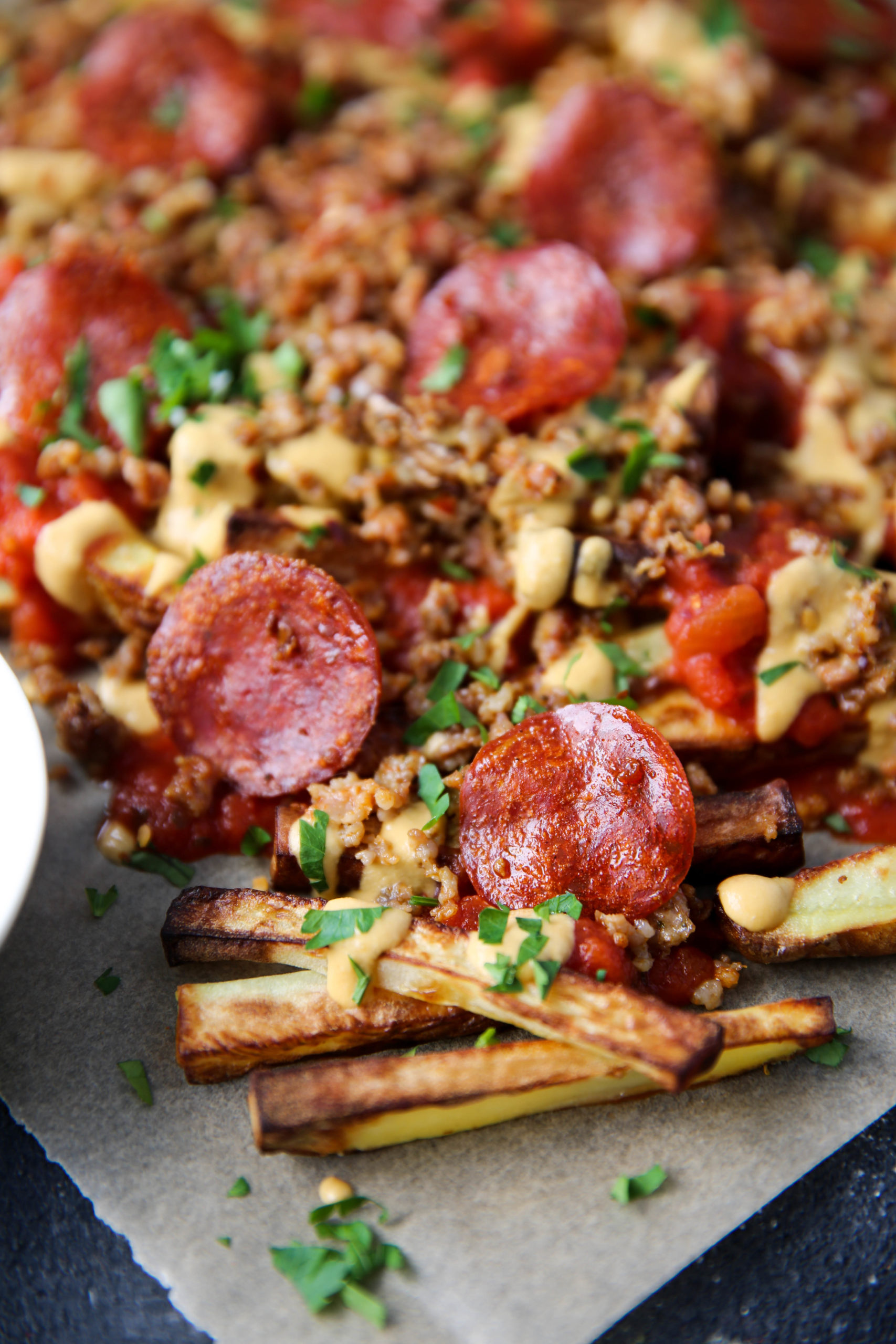
The controversial question of whether the Paleo diet can help prevent heart disease is still being debated. While there are many benefits to the diet, some studies suggest that there is a risk of developing cardiovascular disease. Researchers have analyzed the effect of the diet on arterial distensibility, plasma insulin during an oral glucose tolerance test, total cholesterol, LDL, triglycerides, and circulatory metabolism.
Increased risk of developing heart disease
A new study has shown that Paleo diets significantly increase the levels of a blood biomarker related to cardiovascular disease. Trimethylamine noxide (TMAO), a naturally occurring organic compound, is produced in the stomach. A study of 44 Paleo-eaters and 47 Australians found that Paleo-eaters had higher levels TMAO. An increased level of TMAO is associated with a higher risk of developing heart disease.
Four Australian universities found that Paleo-followers had higher levels of a compound associated with heart disease. Trimethylamine Noxide, which is made in the stomach by bacteria, is linked to the development and progression of heart disease. Paleo diets can also be known to have lower levels positive bacteria. However, more research is required to determine the impact of reduced carbohydrate intake on heart disease.
Inflammation at greater risk
A Paleo diet is linked to heart disease. Paleo dieters have higher levels Interlukin-10, which is a signaling chemical released by the immune cells. A low level of interlukin-10 may indicate a higher risk of developing heart disease. Research is still needed to verify the relationship between interlukin-10 and inflammation.

Paleo is a diet which omits grains, legumes and vegetable oils. This diet is heart-healthy, but high in fat. It can contain both saturated and non-trans fats. And it is expensive. Due to its high intake of meat and dairy products, Paleo is not affordable for everyone. Paleo may not be affordable for those on lower incomes due to the high cost of these meats.
Risquer disease in the kidneys: Increased risk
Health nuts love the Paleo diet, but there are concerns. The diet emphasizes meat, which is high in cholesterol. Paleo is also against refined sugars. These are high in empty calories. Research has also linked these sugars to obesity, heart disease, and diabetes. The Paleo diet discourages legumes but encourages meat.
Paleo diet is good for increasing fiber intake. It also helps to reduce the waistline. The diet's high fiber content helps lower cholesterol levels. Avoid eating egg yolks. High-quality protein and egg whites are better choices for renal health. A lot of water can help decrease the protein levels in your urine. However, kidney disease can still be a problem.
Increased risk for heart disease in females
Paleo is a popular diet for many reasons. It has many heart-healthy and beneficial benefits. It is based upon the Mediterranean diet and Nordic diets. The high intake of animal fat makes it high in saturated and/or trans fats. High intakes of beef are also linked to an increased risk for heart disease. However, a Paleo diet is not for everyone, and it can be expensive for low-income individuals.
Studies have shown that both cholesterol and saturated fat are not linked to an increase in the risk of heart disease among Paleo-style women. Even though the Paleo diet reduces junk food intake, it doesn't cut down on saturated fat. A recent review of the nutritional lines associated with heart disease concluded that there was insufficient evidence to link saturated fat to heart problems. Paleo is a diet that includes fewer foods than the normal diet, but it still contains plenty of vegetables.
Gut bacteria effects

A new study has shown that Paleo may have a lower risk of obesity and heart disease. In the study, researchers compared TMAO levels of Paleo-followers and non-paleo followers. A high-protein diet was associated with the growth of beneficial bacteria and a lower number of pathogenic microbes. High-protein diets are associated with increased risk for micronutrient deficiencies, poor gut health, and chronic diseases.
Researchers also discovered a strong correlation between TMAO levels in blood and a person’s diet. The findings indicated that a higher intake of animal-based protein, such as meat and fish, increased the production of TMAO in the blood. The participants' blood levels were almost twice the level of TMAO as the controls in the study. Researchers also discovered that vegans had lower TMAO levels compared to paleo-dieters. Further, the researchers found that TMAO levels were significantly reduced when the participants took carnitine supplements.
FAQ
What skills will I need to be able to go to culinary school?
You will need to know how to cook, understand food safety regulations, and be able work under pressure in order to become a chef. You should enroll in cooking classes at local community colleges or high schools to learn how to cook. Once you've learned basic techniques, you'll need to find a job working for a restaurant or catering company.
Is there any special equipment that is required to cook?
Cooking doesn't require special equipment. The right tools can make cooking much easier. For example, a knife could be used for pasta making or a whisk would be better than a hand mixer for whipping egg whites to stiff peaks. The right tools make cooking easier and faster.
Is there a better way to learn to make delicious meals?
Cooking can be something everyone should master. It's a great way to experience delicious food without having to learn how to cook. First, find a recipe that appeals to you and then follow it closely. Next, you'll want to practice making small changes to the recipe until you feel comfortable making the dish yourself. You can also try cooking for other people. This will allow you to improve your cooking skills and test your abilities.
What's the best way to keep leftovers safe?
Leftovers are usually stored in Tupperware containers. These containers protect food from spoilage and keep it fresh. They also keep foods warm for longer. Leftover food can be frozen in freezer bags. You can freeze leftover food by placing it in another freezer bag. This will prevent any air from escaping. Once food has been frozen properly, seal it with a ziplock bag.
Statistics
- The median pay for a chef or head cook is $53,380 per year or $25.66/hour, according to the U.S. Bureau of Labor Statistics (BLS). (learnhowtobecome.org)
- On average, chefs earn $58,740 a year, according to the BLS. - learnhowtobecome.org
- According to the BLS, chefs earn $58,740 a year. (learnhowtobecome.org)
External Links
How To
How to make an omelet that is perfect
Omelets is one of my favourite breakfast foods. But how do you create them perfectly? There are many recipes and methods I tried, but none worked. So today, I want to share some tips and tricks with you so you can make your own delicious and fluffy omelets every morning.
When making omelets, it is important to be aware that eggs can be temperamental. They must be fresh, preferably from the organic market, and be kept cold until cooking. If you don't keep them cold enough, the whites won't form properly, and the yolks will break down too much and become runny. This makes your omelets look weirdly colored. If you're going to cook them immediately, it is best if the eggs are still warm.
Another tip is to separate your egg before adding it into the pan. You don't want any white to get mixed up with the yolk because this could cause the omelet to curdle.
If you add the egg directly onto the stovetop, you might end up burning the bottom part of the egg, which would ruin the texture of your omelet. Instead, microwave the egg for 10 seconds before adding it to the pan. The microwave heat cooks your egg just right, without it becoming too soft.
Next, let's discuss mixing the eggs. When you mix eggs together, you want to beat them well. You can do this by turning the bowl of your mixer upside down. Then, vigorously shake the bowl. The egg will be thoroughly mixed in the bowl as the air is whipped.
Now comes the fun part: adding the milk to your mixture. Fold the eggs in the milk mixture by first pouring half of it into the egg whites. You don't need to worry if streaks remain. They will disappear once you flip your omelet.
After you have folded your eggs, heat up the oil on medium heat. Wait for it to get hot. Once the oil starts getting hot, add 1/4 cup of butter to the pan and swirl it around to coat the entire surface of the pan. Now carefully crack open the lid of the pan and sprinkle salt into the pan. An additional pinch of salt will prevent the omelet form sticking to your pan.
Once the omelet forms, cover the pan again. Let the top side set completely. Use a spatula to flip the omelet or turn the pan upside-down. Cook the other side for another minute or two. Serve immediately after removing the omelet from its pan.
This recipe is best made with whole milk. However, it can also be used with skimmed milk.